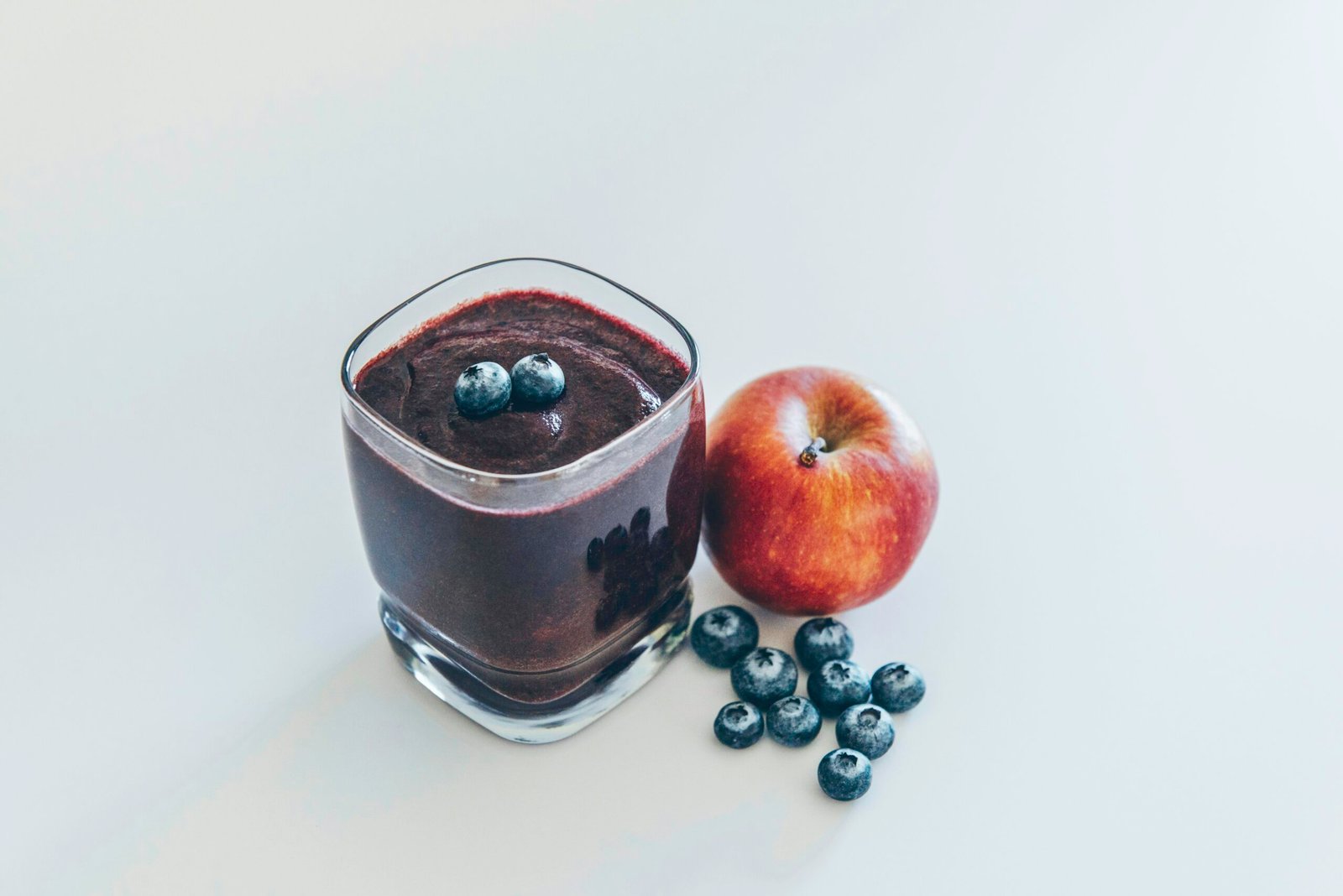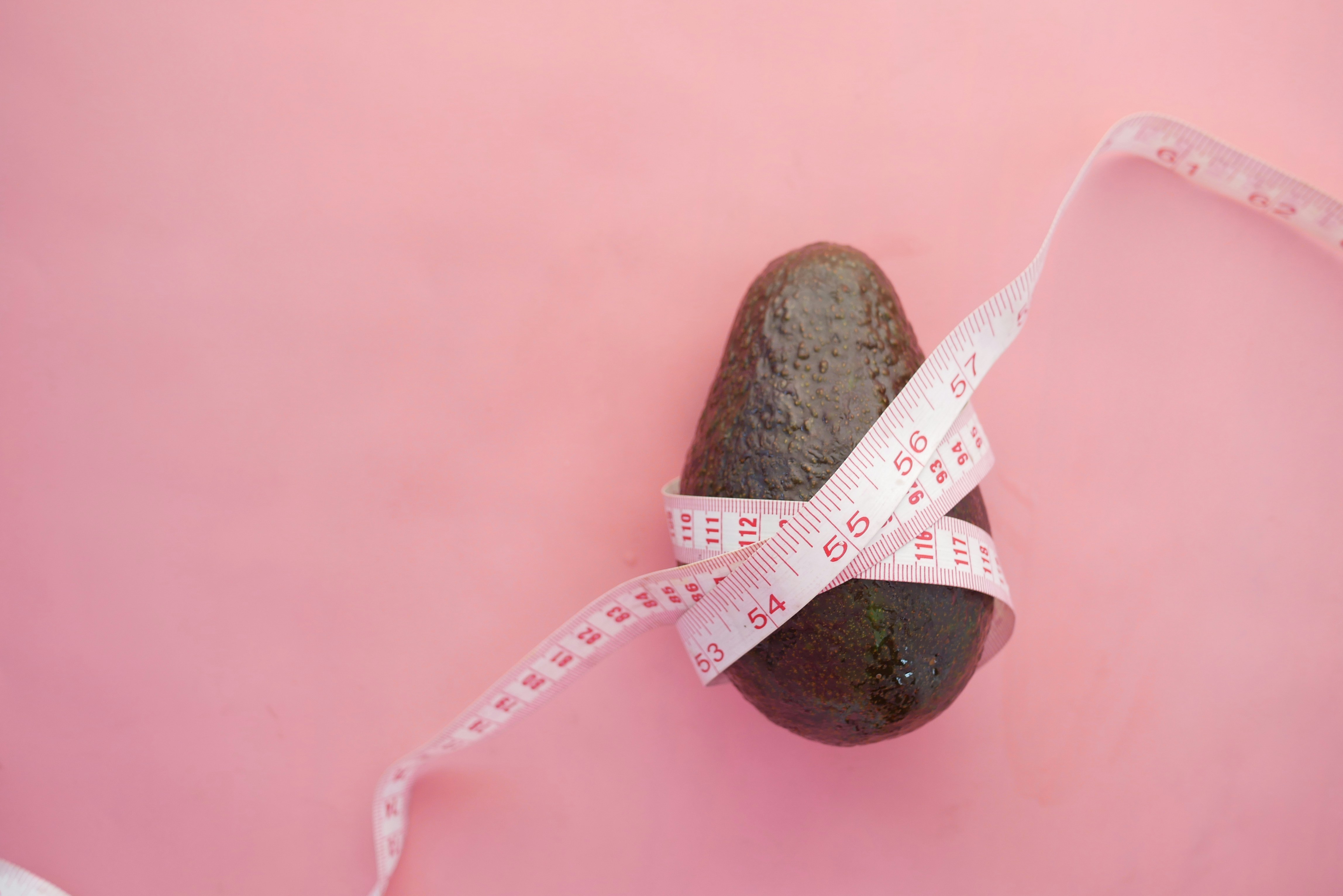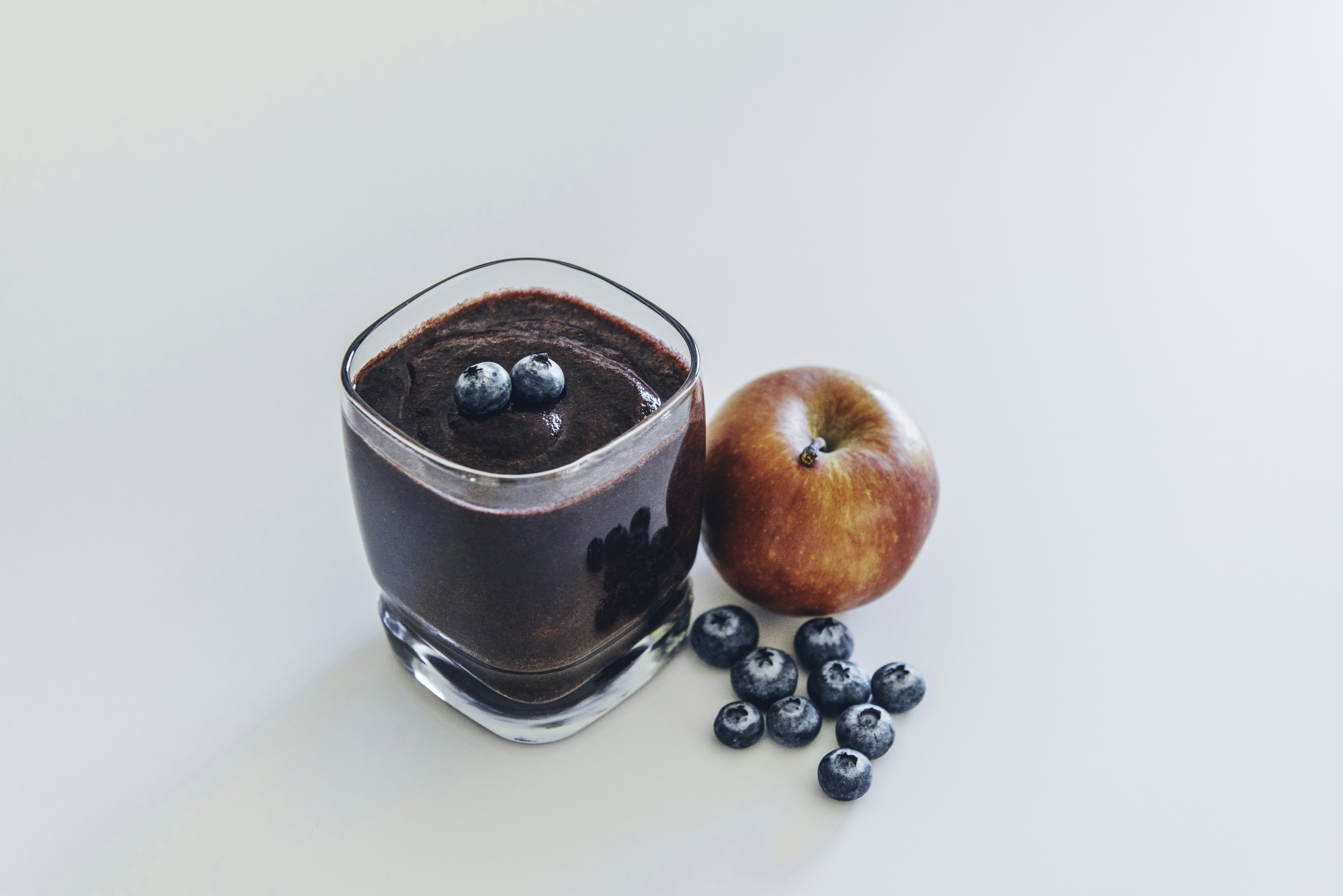Have you ever noticed that some foods you eat might be causing discomfort, and wondered if it’s linked to oxalate intake? You’re not alone. Many people are turning to low-oxalate diets to alleviate various health issues, particularly those related to kidney stones. But what exactly is a low-oxalate diet, and why should you consider it? Let’s embark on a journey through a week of meal plans that don’t just cut down on oxalates but also ensure you’re enjoying delicious, nutritious meals every day.
Understanding Oxalates
Before we jump into the meal plans, it’s important to understand what oxalates are. Oxalates are natural compounds found in many foods. In some cases, consuming foods high in oxalates can lead to health concerns, primarily kidney stones, as oxalates can combine with calcium to form kidney stones in susceptible individuals.
The Connection Between Oxalates and Health
When you consume oxalate-rich foods, your body normally processes them without any issues. However, for some, especially those with certain metabolic disorders or a history of kidney stones, consuming foods high in oxalates can be problematic. Your goal, then, is to balance oxalate intake, ensuring that you reduce risks without compromising on nutrition.
Foods Typically High in Oxalates
You might be wondering: “Which foods are we talking about here?” Typically, high-oxalate foods include spinach, rhubarb, beets, nuts, chocolate, and sweet potatoes. These foods, while nutritious, might need to be limited in your diet if you’re sensitive to oxalates.
Planning a Low-Oxalate Week
Now that you have a basic understanding of oxalates, let’s talk about how to plan your meals for the week. Planning is essential. It allows you to balance your nutrient intake while minimizing oxalate consumption.
Key Tips for a Low-Oxalate Diet
- Know Your Foods: Keep a list of high and low-oxalate foods at hand to make informed choices.
- Hydration Matters: Ensure you’re drinking plenty of water, which helps flush oxalates from your body.
- Balance Is Key: Aim for a varied diet that incorporates low-oxalate fruits, vegetables, and proteins.
Day 1: Getting Started
Kick off your week with a balanced mix of flavors and nutrients.
Breakfast: Scrambled Eggs and Toast
Start your day with scrambled eggs seasoned with herbs and toast from low-oxalate bread. Pair it with a slice of low-oxalate cheese such as ricotta or cream cheese. Avoid adding spinach to the mix, which is high in oxalates.
Lunch: Grilled Chicken Salad
Prepare a salad using grilled chicken, lettuce, cucumber, and a squeeze of lemon juice. avoid spinach and nuts. You can add a sprinkle of feta cheese for extra flavor.
Dinner: Beef Stir-Fry
For dinner, enjoy a beef stir-fry using bell peppers, broccoli, and carrots cooked in a light soy sauce. Serve over white rice, which is low in oxalates compared to brown rice.
Day 2: Keep It Simple
Simplicity can be delicious and oxalate-friendly.
Breakfast: Yogurt and Fruit
Opt for plain yogurt paired with low-oxalate fruits like bananas or apples. Top with a drizzle of honey for sweetness.
Lunch: Turkey Sandwich
A turkey sandwich on low-oxalate bread with tomatoes and lettuce makes a satisfying lunch. Avoid condiments that might contain high-oxalate ingredients.
Dinner: Baked Salmon with Vegetables
Bake a salmon fillet and serve alongside steamed broccoli and carrots. Lemon and herbs make excellent low-oxalate seasonings.
Day 3: Embrace Variety
Adding variety keeps your taste buds happy and meals nutritious.
Breakfast: Omelette with Bell Peppers
Make an omelette using eggs, bell peppers, and a bit of cheese. Bell peppers are flavorful and low in oxalates.
Lunch: Quinoa and Veggie Bowl
Prepare a quinoa bowl with grilled chicken, zucchini, and tomatoes. Quinoa is a whole grain that’s low in oxalates and rich in protein.
Dinner: Shrimp and Rice
Sauté shrimp with garlic and serve over rice with a side of green beans. Use herbs to give flavor without relying on oxalate-rich seasonings.
Day 4: Midweek Boost
By midweek, you might want something refreshing and energizing.
Breakfast: Smoothie Bowl
Blend a smoothie with low-oxalate fruits like pineapple and mango. Top with coconut flakes and chia seeds for added texture and nutrients.
Lunch: Chicken Caesar Salad
Use romaine lettuce (which is low in oxalates), grilled chicken, and a light Caesar dressing. Sprinkle a bit of parmesan cheese for flavor.
Dinner: Pork Chops with Applesauce
Pan-sear pork chops and serve them with homemade applesauce and boiled carrots. Apples and carrots add sweetness and are low in oxalates.

Day 5: Experiment and Enjoy
Experimenting with flavors and textures keeps things interesting.
Breakfast: Avocado Toast
Use low-oxalate bread, top it with avocado and a poached egg. Season with salt and pepper for a comforting breakfast.
Lunch: Lentil Soup
Prepare a hearty soup with lentils, carrots, and celery. Lentils are a good protein source and relatively low in oxalates.
Dinner: Roasted Chicken and Potatoes
Oven-roast chicken thighs with rosemary and potatoes. Potatoes offer starch without the oxalate risk of sweet potatoes.
Day 6: A Fresh Take
As the weekend approaches, try something new and refreshing.
Breakfast: Cottage Cheese with Fruit
Combine cottage cheese with slices of pear or apple. This meal is high in protein yet low in oxalates.
Lunch: Tuna Salad
Mix canned tuna with a bit of mayonnaise, add in celery and pickles, and serve on low-oxalate crackers.
Dinner: Vegetable Stir-Fry
Enjoy a stir-fry with mushrooms, bell peppers, and snap peas seasoned lightly with soy sauce. Serve over rice.

Day 7: Finish Strong
Finish your week with meals that feel like a reward.
Breakfast: Egg Muffins
Bake egg muffins with cheese and bell peppers for a grab-and-go breakfast that’s hearty and oxalate-friendly.
Lunch: Chickpea Salad
Toss chickpeas with diced cucumbers, tomatoes, and a lemon vinaigrette. Chickpeas are an excellent low-oxalate protein.
Dinner: Grilled Steak and Vegetables
Grill a steak and serve with sautéed zucchini and roasted potatoes. Use pepper and garlic for seasoning.
Tips for a Low-Oxalate Lifestyle
Mindful Grocery Shopping
When shopping for a low-oxalate diet, always check labels and be mindful of ingredient lists. Prioritize fresh produce and minimally processed foods where you can control what goes into each meal.
Be Creative in the Kitchen
You’ll want to get creative with herbs and spices because they’re generally low in oxalates. They can greatly enhance the flavor of your dishes without adding unnecessary oxalate content. Consider experimenting with basil, oregano, or thyme.
Monitor Your Condition
If you’re sensitive to oxalates, consult with a healthcare provider or nutritionist to ensure your dietary needs are tailored to your personal health requirements. Regular check-ins can help adjust your meal plans as needed.
Conclusion: Enjoying Food, Living Well
Living with a low-oxalate diet doesn’t mean you have to sacrifice taste or variety. By planning carefully and understanding your dietary needs, you can enjoy a wide range of delicious meals that are both satisfying and supportive of your health. Keep experimenting with new recipes and ingredients, and remember that moderation and balance are key to a sustainable lifestyle.




